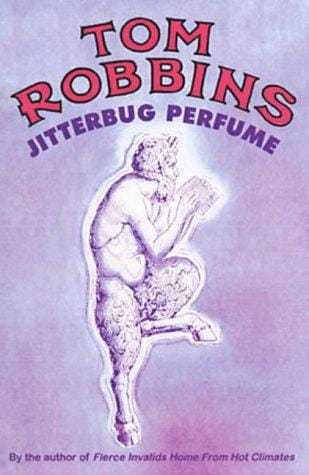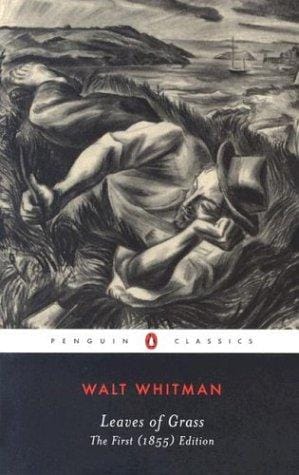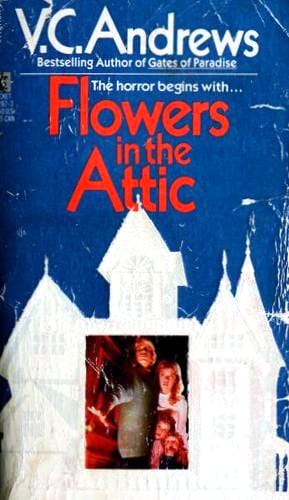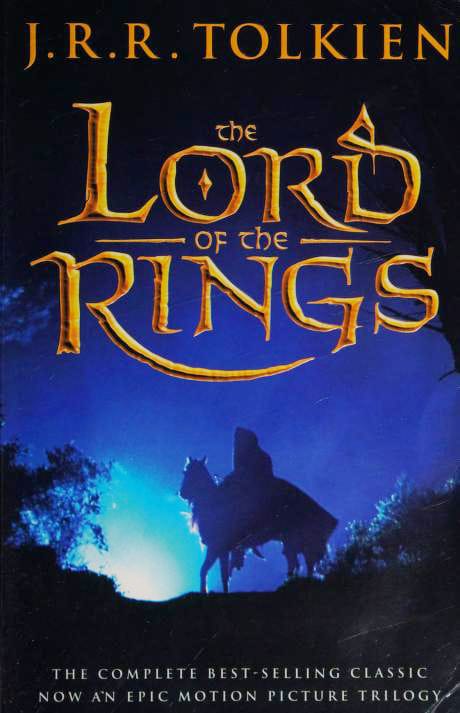A Deep Dive into Chuck Palahniuk’s Invisible Monsters
Explore Chuck Palahniuk's Invisible Monsters—plot, themes, characters, and cultural impact—in this 800-word deep dive.
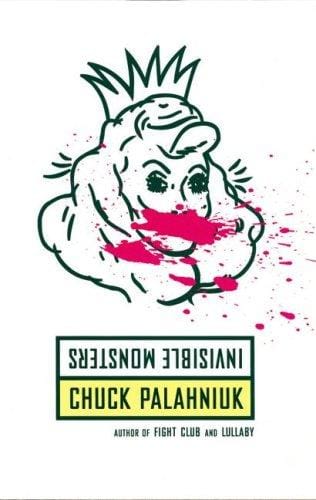
Introduction: The Enduring Shock of Invisible Monsters
First released in 1999 after an early draft was rejected for being “too disturbing,” Chuck Palahniuk’s Invisible Monsters has since become a cult favorite that rivals Fight Club in audacity. The novel follows a disfigured fashion model, a glamorous transgender con artist, and a pill-addicted ex-cop on a manic road trip across America. Part satire, part grotesque fairy tale, Invisible Monsters dismantles our obsession with beauty, fame, and reinvention. This article unpacks the plot, characters, themes, and cultural impact of Palahniuk’s razor-edged story.
Plot Summary: A Non-Linear Carnival Ride
Palahniuk tells the story in looping, jump-cut chapters that mimic magazine spreads and television commercials. Our narrator—initially unnamed, later called Shannon—was once a runway model until a drive-by shooting ripped off her lower jaw. Mute and masked, she meets Brandy Alexander, a charismatic trans woman who promises a rebirth beyond superficial identity. Together with Shannon’s ex-police-officer boyfriend Manus and her estranged best friend Evie, they stage pharmaceutical robberies and insurance scams while chasing an ever-shifting version of “freedom.” The plot’s scrambled chronology forces readers to assemble events like fashion clippings on a mood board, culminating in a fiery showdown at Evie’s wedding that reveals shocking family secrets.
Why the Chronology Matters
The non-linear structure is not a gimmick but a mirror of Shannon’s fractured psyche. By withholding key information, Palahniuk lets the audience feel the same disorientation that follows trauma and reinvention. The result is an interactive reading experience where turning pages becomes an act of detective work.
Main Characters: Faces Behind the Masks
Shannon McFarland—or Daisy St. Patience, Bubba-Jo, and a dozen other aliases—embodies the perils of defining oneself through external validation. Her disfigurement strips away her livelihood, but it also grants her the invisibility she needs to discover a voice beyond modeling poses.
Brandy Alexander, “one operation away from being a real woman,” is at once mentor, grifter, and mirror image of Shannon. Her charisma asks us to question the authenticity of all identities, not just trans ones.
Manus Kelley represents toxic masculinity and systemic control, yet his own addictions show that power structures injure their enforcers as well as their victims. Evie Cottrell, meanwhile, is both rival and sister figure who illustrates how beauty culture pits women against each other.
Major Themes: Identity, Consumerism, and Rebellion
The Performance of Identity
Throughout Invisible Monsters, identity is treated as an outfit to be tried on, sold, or discarded. From drag balls to plastic surgery, characters literally redesign their bodies to escape emotional wounds. Palahniuk argues that identity, like fashion, is a transient performance rather than a fixed truth.
Violent Consumer Culture
The novel’s heists target pharmaceuticals and personal property rather than cash, spotlighting America’s dependence on products for happiness. Television commercials, beauty magazines, and self-help slogans form a toxic background noise that the characters simultaneously exploit and reject.
The Allure of Destruction
Palahniuk is famous for showing how obliteration can be a path to freedom. Shannon’s ruined face is painful yet liberating; Brandy’s surgeries are both self-harm and self-creation. The message is not that violence is desirable, but that sometimes systems so thoroughly commodify us that only a dramatic rupture can expose our core desires.
Writing Style: A Magazine Turned Inside Out
Stylistically, Invisible Monsters reads like a hybrid of fashion editorial and police report. Sentences are punchy, repetitive mantras—“Give me attention. Flash. Give me adoration”—that mimic ad copy. Palahniuk’s trademark minimalism, borrowed from Tom Spanbauer’s “dangerous writing” workshop, pares emotions to the bone while flaunting grotesque details. Readers either relish the shock or recoil, but few remain indifferent.
Cultural Impact and Legacy
While Fight Club became a film phenomenon, Invisible Monsters achieved its cult status mainly through word of mouth and online forums. The novel resonates with LGBTQ+ audiences for its ahead-of-its-time portrayal of a trans heroine who is neither victim nor token. Academic circles cite it in discussions of postmodern narrative, queer theory, and body politics. Its influence can be traced in later media—from the plastic-surgery horror of TV’s Nip/Tuck to the identity-flip twists of Gone Girl.
Reading Tips: How to Navigate the Chaos
1. Embrace the disorder: The plot jumps intentionally; let the pieces collect before judging coherence. 2. Note the slogans: Advertising lines double as thematic signposts. 3. Watch the mirrors: Every relationship in the book echoes another, reinforcing the performative loop. 4. Expect discomfort: Palahniuk weaponizes shock to expose societal taboos, so trigger warnings for body horror, transphobia, and violence are warranted.
Is Invisible Monsters Still Relevant Today?
In an era dominated by Instagram filters and influencer culture, Palahniuk’s critique feels prophetic. The novel’s questions—What is a “real” self? How far will we go for attention?—mirror modern anxieties about curated online personas. As gender identity conversations evolve, Brandy Alexander’s declaration “Your body is the house you grew up in” remains a potent argument for bodily autonomy and self-definition.
Conclusion: Beauty, Chaos, and Liberation
Invisible Monsters endures because it marries tabloid grotesquerie with philosophical depth. Palahniuk shows that beneath our consumer gloss lies a yearning to be truly seen—ironically achieved only when we become invisible to the systems that label us. Whether you arrive for the shock value or the social commentary, the novel invites a daring question: What parts of your life are merely cosmetic, and what would you risk to discover the rest?
